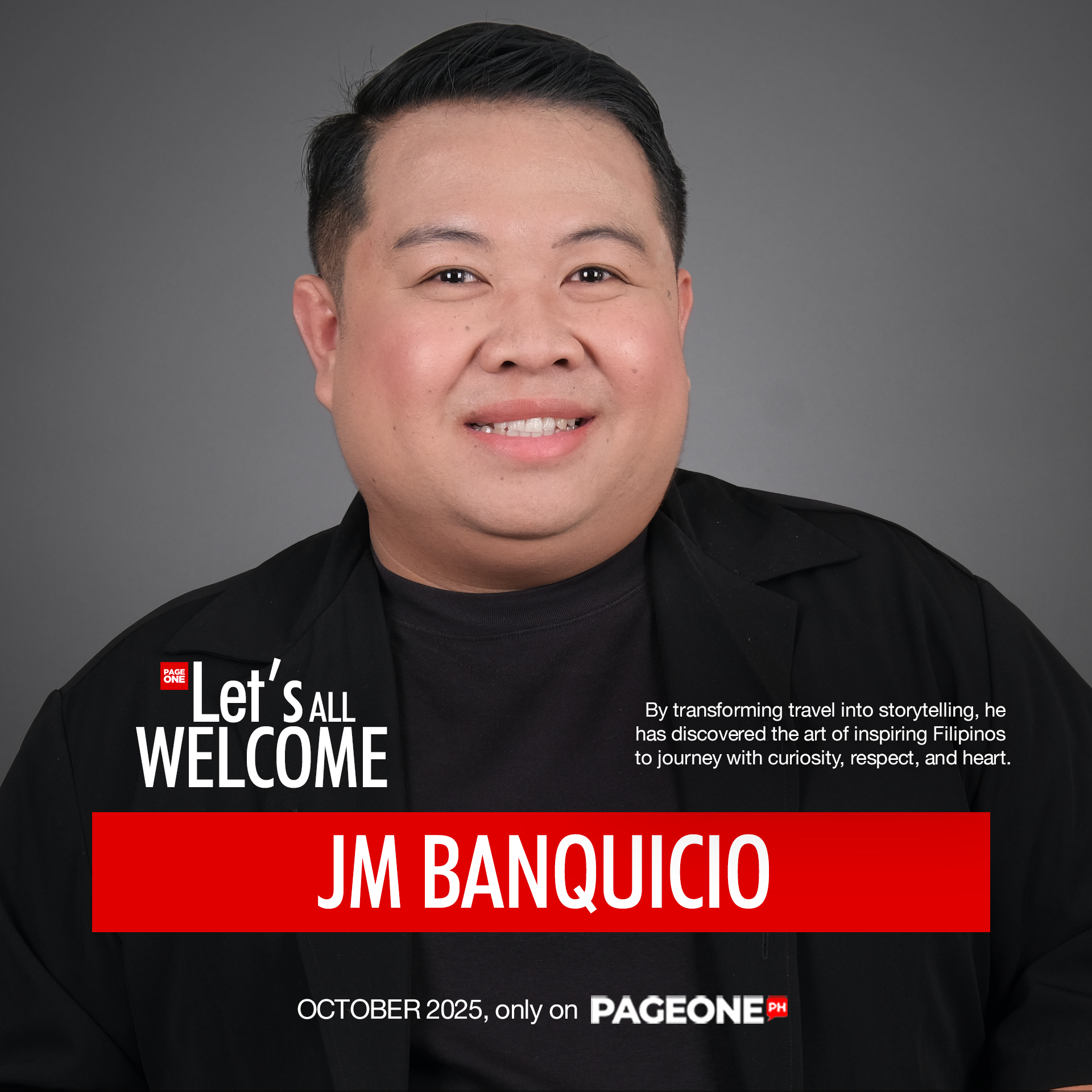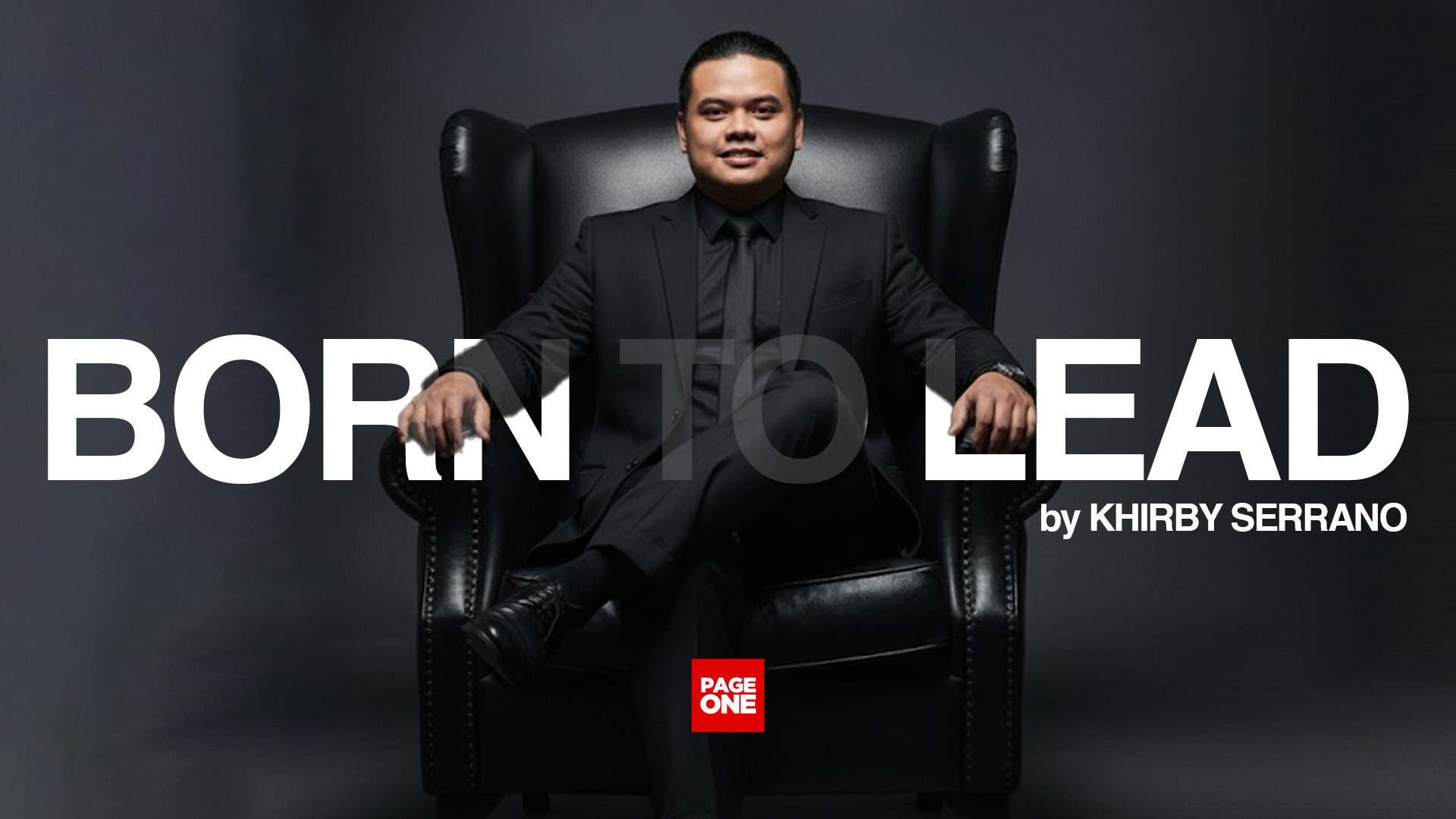“Nice guys finish last.”
That famous line from Brooklyn Dodgers manager Leo Durocher has echoed through boardrooms, agencies, and classrooms for decades. In the Philippines, where pakikisama (harmony) and hiya (avoiding conflict) shape workplace culture, leaders are often expected to be approachable, patient, and endlessly considerate. In public relations and media, where reputation and relationships are everything, this expectation is even stronger.
But what if being “too nice” is not only overrated but also dangerous? What if constantly prioritizing harmony and avoiding conflict produces leaders who are agreeable but ineffective?
The Trap of Likeability
Likeability has undeniable benefits. According to studies, people with agreeable personalities are more likely to be trusted and selected as coworkers than people with merely competent personalities. This may seem like a great quality in a client-focused industry like public relations, where campaigns are driven by connections.
However, as we transition from teamwork to leadership, the situation changes. Managers consistently prioritize competence and responsibility over charm, according to research. Employees appreciate and obey a leader who sets standards and produces results, even if they enjoy working with a nice boss. This is a significant problem in the Filipino workplace, as leaders frequently have a tendency to prioritize maintaining unity. Excessive tolerance can undermine deadlines, weaken authority, and induce complacency.
When Niceness Backfires
A study by Green Peak Partners with Cornell University found that leaders who lack interpersonal skills underperform. Those who balance empathy with accountability, however, generate better strategic and financial outcomes.
The danger lies in mistaking kindness for leadership. Saying “yes” too often can allow employees to stretch rules, take longer breaks, or request more time off than is fair. Over time, small allowances set unhealthy precedents that disrupt team dynamics. What began as an attempt to be approachable can quickly erode credibility.
The Courage to Say the Hard Truths
Leadership in media and public relations encompasses more than just team management; it also involves directing narratives. Telling unpleasant facts, such as a campaign strategy’s flaws, a client’s unreasonable demand, or a team member’s poor performance, is sometimes necessary.
This type of honesty may at first seem harsh in Filipino environments, where directness might be interpreted as contempt. However, studies reveal that workers eventually respect managers who provide justification for objectives and norms. Being candid is not about being harsh. It is about being fair, transparent, and willing to address the issues no one else will.
The Balance Leaders Must Strike
The most effective leaders find balance. They remain approachable and human, ensuring that information flows openly. At the same time, they set consistent expectations, enforce accountability, and make difficult decisions when required.
For PR and media leaders, this balance is critical. Campaigns move at the speed of trending hashtags. Teams need to be creative but also disciplined. A leader who is too soft risks delays and diluted messaging. A leader who is too hard risks losing the trust and motivation of the very people needed to deliver results.
Beyond “Pakikisama”
Being nice is not a weakness. Being too nice is.
Filipino leaders in PR and media cannot afford to prioritize harmony over accountability. True leadership is not about pleasing everyone. It is about creating an environment where respect and fairness guide action, even if it means delivering hard truths. Nice guys may finish last, but leaders who balance kindness with courage finish strong.









